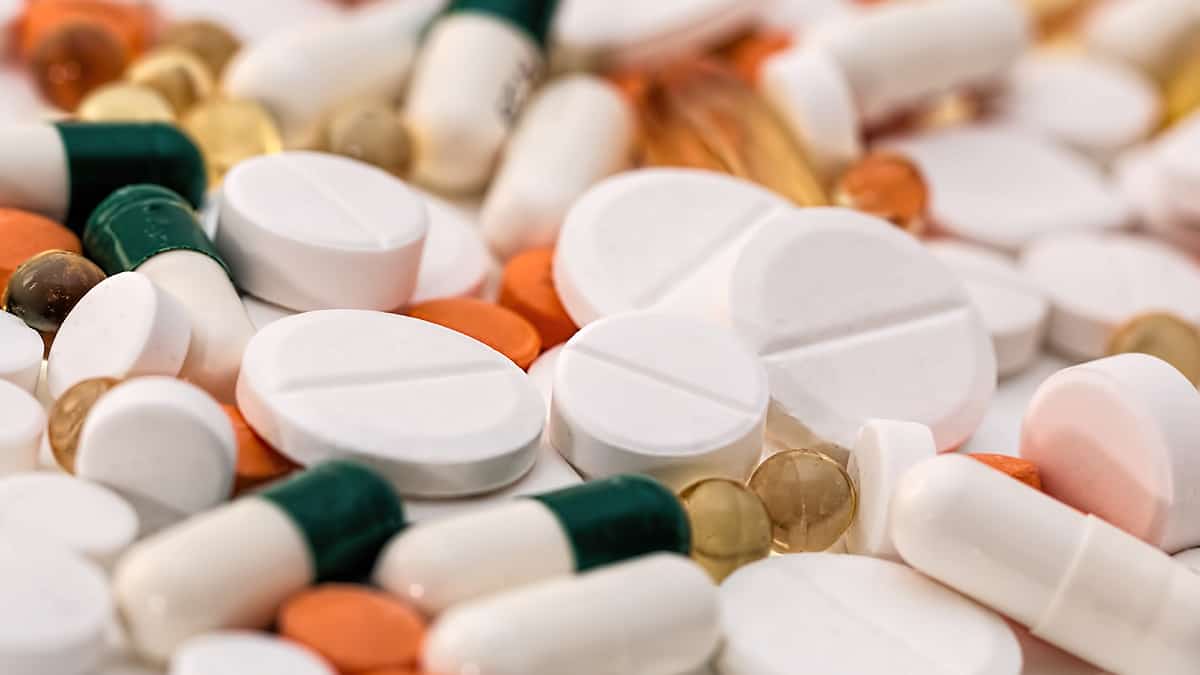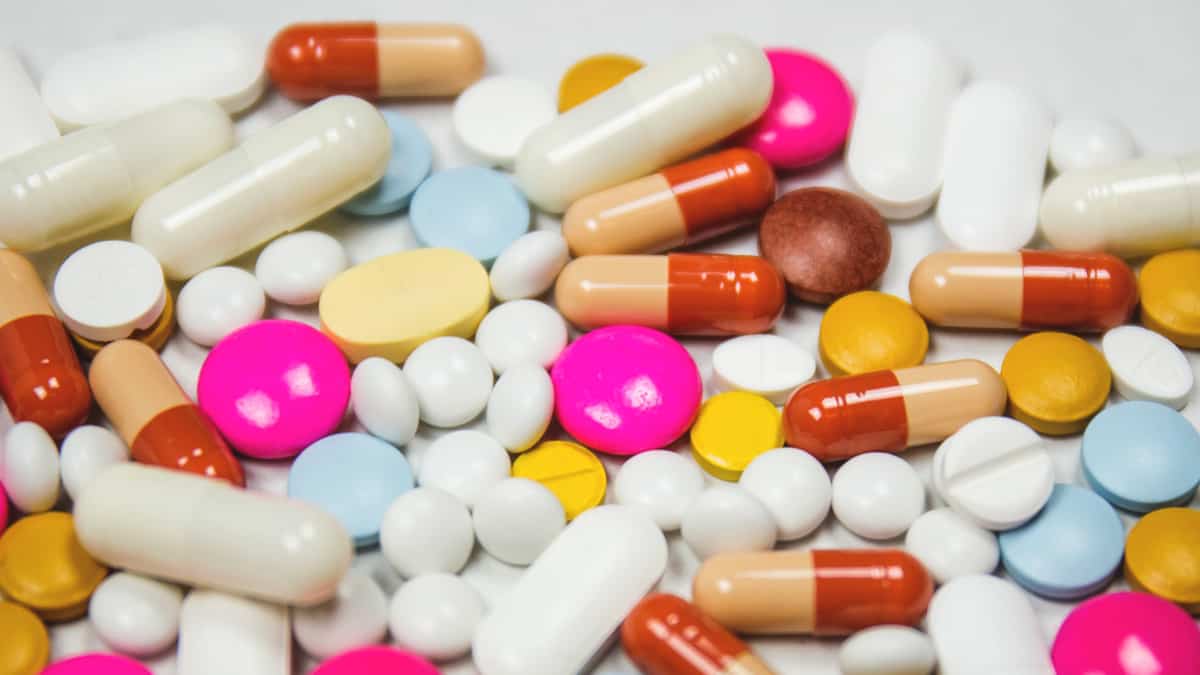Prescriptions for Profit: A Look into the Cause(s) Behind Rising Drug Prices in the United States
high drug prices

At NorthWestPharmacy.com, we have previously discussed the high cost of medications in the United States and the devastating effect the prices are having on the population. It's a problem that seems to have no end in sight, even though the situation is causing people to either take their medication less often than prescribed, or skip it entirely.
According to a March 2019 report issued by the Centers for Disease Control (CDC), almost one-third of the uninsured U.S. population (estimated to be about 27 million people) cannot afford to take their medication as prescribed.
This information was expanded upon in a Gallup poll conducted in November 2019, which found that 34 million Americans know someone who died because they could not afford treatment for a diagnosed disease. Furthermore, 58 million Americans couldn't afford to pay for their prescribed medication sometime within the last year.
Having access to medication is literally a matter of life or death in many cases, and oftentimes leads to more expensive healthcare outcomes. For example, not taking a maintenance medication, like cholesterol-controlling statins, could lead to larger health issues down the road, such as heart attacks.
And unfortunately, a significant number of people have experienced firsthand how difficult it can be to obtain the medications they need at an affordable price. The good news is that there are better, more affordable, and convenient options for those in need.
While some biased sources claim that ordering prescription drugs online is always dangerous, it's in fact perfectly safe from legitimate international online pharmacies. Thankfully, more and more U.S. residents are learning that CIPA-approved online pharmacies can be a vital connection to life-saving drugs.
Here's a look into major causes behind rapidly rising drug prices in the United States, and what residents can do to take care of themselves.
Profiting Off of Senior Citizens
Prescription drug costs are often a major issue for elder populations. The older you are, the more likely you are to need medication for various conditions, whether chronic or acute.
According to a 2017 RAND Corporation study, the older you are, the more likely you are to have multiple chronic conditions like hypertension, high cholesterol, heart disease, asthma, diabetes, cancer, and many, many others. Their data showed that 60 percent of Americans had at least one chronic condition — a number that increases to 81 percent when you count only people ages 65 and older.
It's safe to say that senior citizens — and especially those who are already living on a fixed income — will be among the first to experience the effects of rapidly increasing prescription costs.
An article published in the Huffington Post sheds light on the cause behind the skyrocketing drug prices over the course of the past decade (or two). An analysis of corporate filings conducted by Health Care for America Now (HCAN) has found that the 11 largest drug companies have made a staggering $711 billion in profits over the last decade — not revenue before taxes, but free-and-clear profit.
The implementation of the Medicare Part D prescription drug program in 2006 gave these companies a dramatic boost in profits, with an increase of 34% in one year. Since federal law prohibits the government from negotiating lower prices for Medicare Part D beneficiaries, pharmaceutical corporations are essentially free to charge whatever they want.
The effects are plain to see: the annual profits of 2012 were $83.9 billion, a staggering increase of 62% since 2003 as reported in the Huffington Post.
While there are some pieces of legislation being floated around Congress with the intention of allowing negotiations to take place, it's not expected that anything will be done to move these bills any time in the near future.
Although the current government administration says it places a high priority on the shocking cost of prescription drugs, they have yet to genuinely do anything about it.

Lack of Government Regulation
The United States is the only developed nation without some sort of government drug price controls.
Unfortunately, the cost of medications in the United States follows the general trend of U.S. healthcare costs, in that they're higher than in any other developed nation. (And not necessarily with better outcomes.)
Supporters of the current system say that creating an environment that encourages competition can help foster innovation and medical breakthroughs. This is why high prescription drug prices are often attributed to research and development costs — they claim this is where they're money is going.
However, many of the newly developed drugs approved in the United States come from research universities and biotech firms — not the large drug companies that keep the majority of the profit. In fact, HCAN's report (mentioned above) has found that these same companies "spend 19 times more on marketing than on research and development."
Opponents of the current U.S. healthcare system argue that profits are being given a higher priority than the people who need the drugs so urgently. This is particularly true of poorer communities, young children, and senior citizens. As with anything else that costs money, an automatic advantage is offered to those who can pay for it.
It's entirely possible that both sides have some truth to them, but the U.S. government has largely chosen to take a hands-off approach with their lack of price regulations on prescription drugs.
Lengthy Patent Allowances
Current U.S. patent law typically affords pharmaceutical companies about 20 years to the exclusive rights to a particular prescription drug (although the time frame can vary). During this period of time, the company is allowed to essentially charge whatever it sees fit in order to recoup the money already spent on research and development (R&D, including testing) and marketing.
However, as previously mentioned, R&D costs are dramatically overstated, while marketing is severely understated. In the United States, marketing isn't only designated for doctors and hospitals — it's one of only two countries that allows for direct-to-consumer advertisement.
Some lawmakers have floated the idea of restricting the direct-to-consumer advertisements, saying that it subconsciously encourages patients to favor more expensive medications over lesser-known treatments. The thought process is simple: if you've heard of the drug, you may feel more comfortable taking it.
Therefore, pharmaceutical companies charge as much as they want for at least the first 20 years — oftentimes raising the price toward the end of the patent, right before generic formulations can be developed and sold at a lower price.
For example, the cost of the asthma medication Advair retailed between $250 and $350 for a 30-day supply during the final year before a generic became available to the public. While some may have paid less with a great insurance plan, this is the cost for people without insurance, or on high deductible health plans (HDHPs).
When the generic hit the market in early 2019, the cost of brand-name Advair plummeted. For those with low-cost generic prescription medication coverage, the cost could be as little as $10 for a 30-day supply. That's a $240 to $340 price swing for reasons that are seemingly at the whim of pharmaceutical executives.

Unwillingness to Lower the Price
It would be negligent or willfully blind to simply ignore the role pharmaceutical companies play in the cost of prescription drugs in the U.S.
One theory as to why the prices are so high is because in other developed nations, the law prevents pharmaceutical companies from price gouging. Some people believe that U.S. residents are paying more for their drugs to make up for a "loss" the pharmaceutical companies take in countries where drug prices are more regulated.
There's really no evidence to back this theory up, but it seems to be propagated enough that a good number of people believe it.
Even if you choose to believe that this theory holds water, it's tough to ignore the words coming out of pharmaceutical executives' own mouths. In February 2019 Congressional hearings specifically on the high cost of prescription drugs, executives said "they could not commit to lower the price of commonly used prescription drugs even as they admitted that they control those prices."
During the same hearings, Merck chairman and CEO Kenneth Frazier even "admitted that it's the poorest patients who pay the most for medicine by paying the list price while others benefit from rebates."
In case you didn't catch that: pharmaceutical executives know their drugs are expensive, admit to controlling the prices and to knowing that the high prices adversely affect the poorest U.S. residents, but simply choose not to do anything about it.
Perhaps more disturbing is the realization of where the profits from the high prices are going. Mylan CEO Heather Bresch testified in front of Congress in 2016 after the price of EpiPens soared, stripping access away from highly vulnerable people who need the drugs in the event of exposure to a deadly allergy (i.e. shellfish, bees, peanuts).
Bresch also took a lot of criticism for her dramatic income increase over a period of only four years. In 2012 when she took over as CEO, her salary was $9 million annually. But in 2015, public filings indicated it was about $18 million annually.
One could assume that if a company is taking a loss on prescription drugs in so many civilized nations in the world, they couldn't possibly be making enough to pay their CEO $18 million in one year without highly overcharging the people who live in the least regulated environment.
As a defense, Bresch told the Congressional committee that her earnings were "in the middle" of what her industry counterparts made — which is to say that some people actually earn more than her.
If the U.S. government refuses to control the price of prescription medication, and expects the industry to regulate itself, it's probably safe to assume that the high cost of medication is a direct result of a simple unwillingness to lower the costs for the sake of high profit margins.
How U.S. Residents Can Save on Prescription Drugs
One of the most reliable ways for U.S. residents to save money on prescription drugs is to order them through CIPA-approved online pharmacies. Costs for the exact same brand-name medication is typically a fraction of the cost in a traditional U.S. pharmacy (both brick-and-mortar and mail order).
Access to a reputable international and Canadian pharmacy online is imperative for the millions who cannot afford the cost of medications in the United States. NorthWestPharmacy.com provides huge savings (up to 80% or more) on thousands of quality medications.
If you're new to online prescription order fulfillment, NorthWestPharmacy.com is a trustworthy place to be. We are the world's most independently five-star rated online international pharmacy, with over ##SARATINGS## customer reviews on ShopperApproved.com, and have earned an "Excellent" rating through Trustpilot. If you have reservations about ordering your prescriptions online, read through some of our ratings on ShopperApproved.com, where you'll see that most of our reviews are five stars.
We are a certified by both the Canadian International Pharmacy Association (CIPA) and the International Pharmacy Association of British Columbia (IPABC), which you can learn more about here. Our privacy and security settings have also been certified through Trust Guard and all transactions are backed by the Norton Shopping Guarantee (powered by Norton Symantec Corporation).
If you have any questions or concerns about ordering prescriptions through our secure website, please feel free to get in touch with us. You can call us via a toll-free phone number, email us at your convenience, or even send us a fax. We're open seven days per week — Monday through Friday from 8:00am to 11:00pm Eastern time, and Saturdays and Sundays from 9:00am to 6:00pm Eastern time.